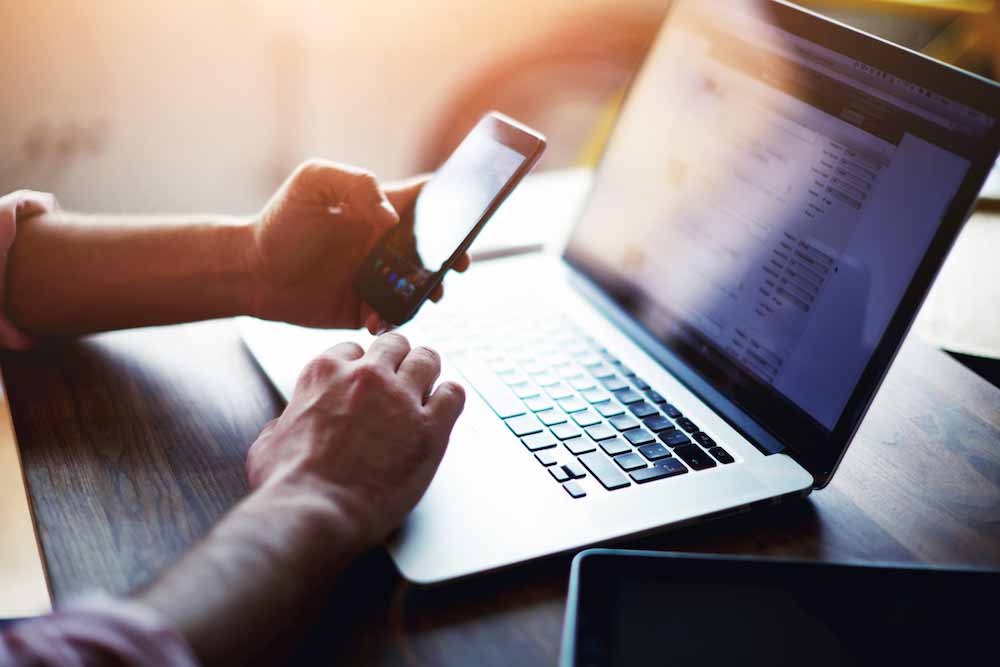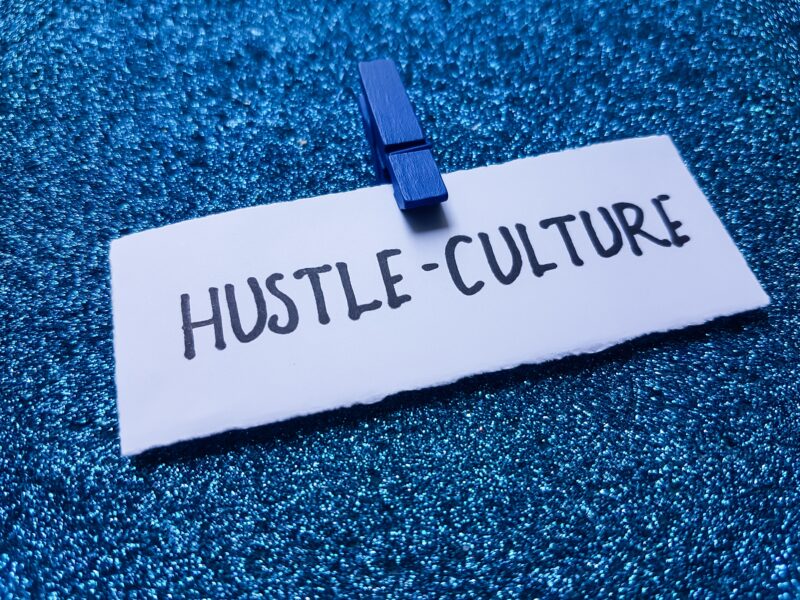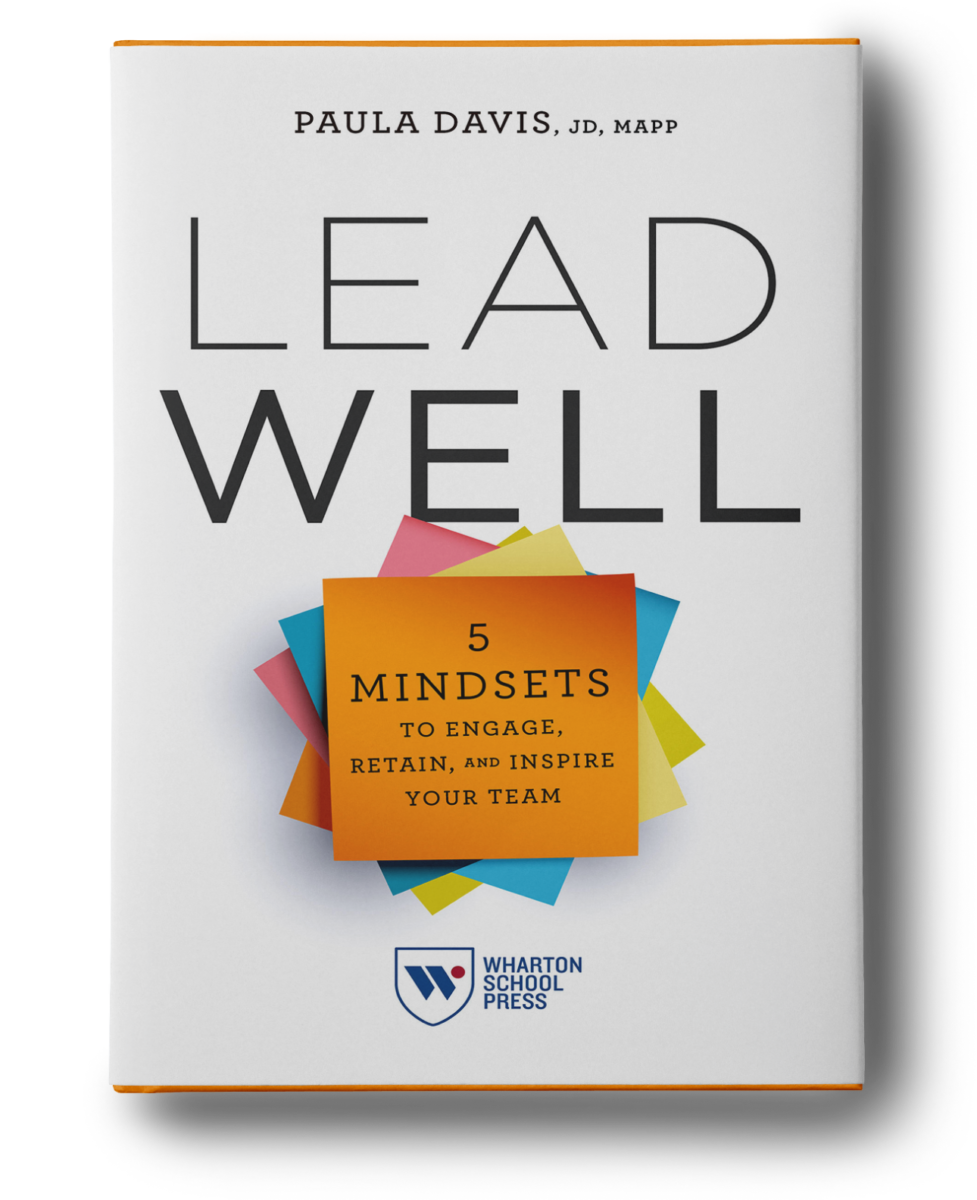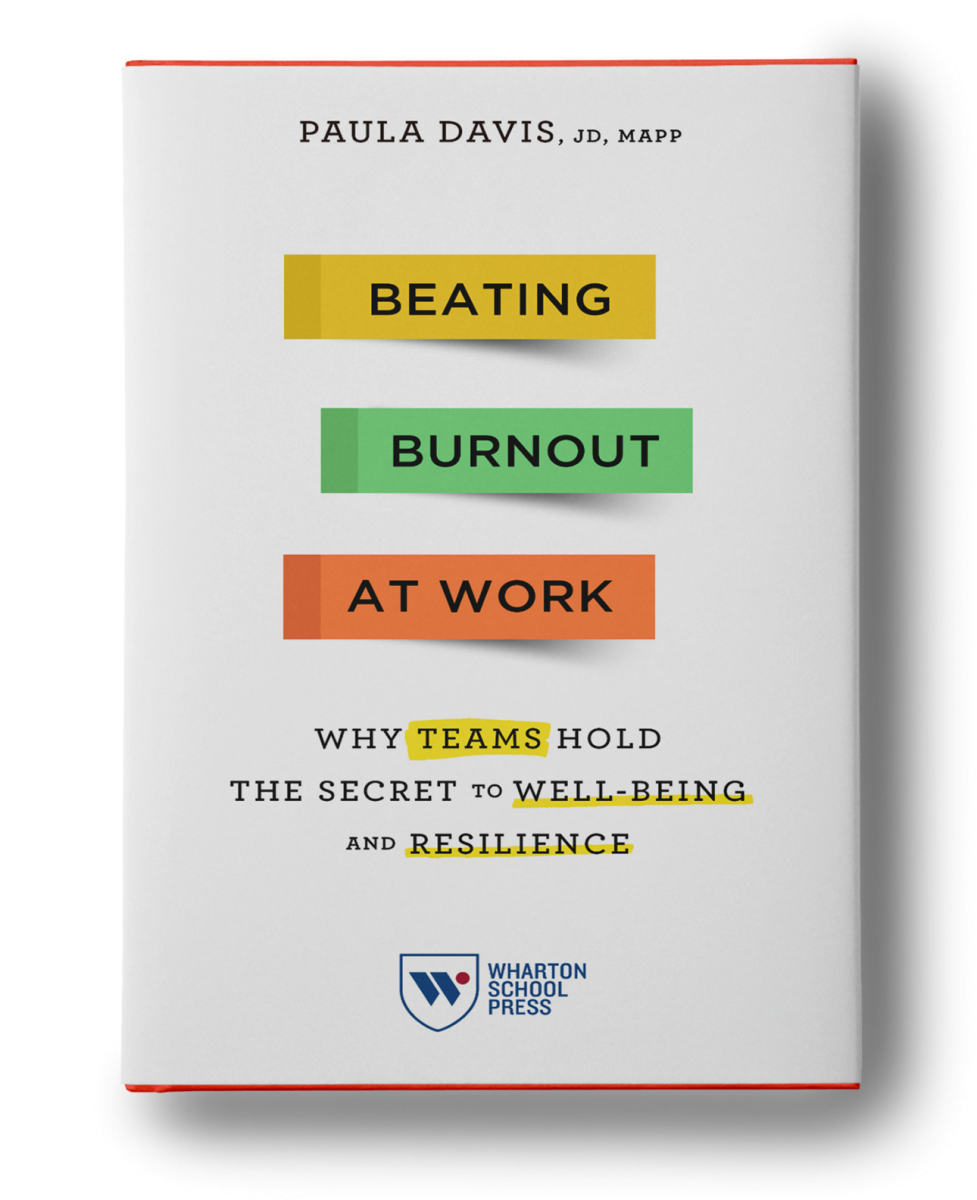I was out to breakfast recently with my family, and we have an active 2 ½ year old. As I got her settled in her chair, I pulled out her crayons, coloring books, and assorted toys, trying to decide what she might want to eat. We looked around the colorfully decorated room, shaped like an igloo, and Lucy immediately noticed the green tinsel hanging from the windows. We talked about all of the various decorations for another 10 minutes – the kid notices everything! As my eyes scanned the room, I noticed something eerily quiet in the corner – a family of four in silence, each and every one of them focused on some type of screen. I watched them on and off throughout breakfast, and not once did they look at each other, only at their screens, and eventually at the meals placed in front of them.
Sadly, screen time has become our default. Waiting for your flight? Pull out your phone. Waiting for your friends to arrive and feeling bored? Look at your phone. Not enough stim in the meeting you’re attending? Reach for your phone. Cal Newport, author and professor of computer science at Georgetown, hopes to usher in a new era called Digital Minimalism, a philosophy of technology use in which you focus your online time in a small number of carefully selected activities that strongly support the things you value.
In his wonderful book Irresistible, NYU Stern School of Business professor Adam Alter summarizes the research about the irresistible urge to use technology, and the businesses that spend millions of dollars to keep you hooked. Guidelines suggest that you should spend less than an hour a day on our phones, yet research shows that only 12% of phone users meet that criteria – that means 88% of people overuse, with the overall average being three hours. Alter goes on to detail a survey of young adults that revealed that 46% of them said they would rather break a bone than break their phone – and many of the 54% who said they’d rather have a broken phone agonized about that decision.
Email is one of the biggest job demands (aspects of your work that take consistent effort and energy) busy professionals have today, and I consistently hear this in my presentations about burnout at work. According to one survey, “almost one-third of US workers report replying within 15 minutes of receiving a work email, and more than three-fourths reply within an hour.”
When you are at work, constantly toggling between checking email and doing other work activities taxes your mental and emotional capacities. The very act of switching between tasks takes mental effort, which in turn limits your cognitive capacity and the result is more distraction and stress. In addition, frequent multitasking often results in worse performance across all tasks and can compromise emotional well-being, leading to less positivity.
One study measured two groups of people – one group was asked to check their email frequently throughout the day, while the other group was asked to check it only three times a day. They found that the group who chunked their email checking had lower levels of tension and overall day-to-day stress. As a result, the lower levels of stress translated into higher levels of mindfulness, self-perceived productivity, and better sleep.
Try setting aside a dedicated chunk of time several times each day where you do nothing but answer email. Once that time is up, move on to something else. I started doing this when I’m in my office, and it has helped my concentration immensely (especially when it comes to focused tasks like writing this article). It is seductive to think that we have to check our email constantly, just in case there might be an emergency. We have been conditioned to think everything is urgent and that something urgent is always lurking around the corner.
In addition to chunking your email checking, here are two additional strategies to try:
Download the app Moment. If you’re really interested in tracking how much time you spend on your phone, download an app called Moment. Most people underestimate their phone usage by about 50%. Not all phone use is created equal – Moment actually stops tracking the time if you’re using your phone to make a call or listen to music.
Try breaking the habit. This may be hard, but there is a specific process you can use. In his phenomenal book The Power of Habit, Charles Duhigg summarizes the research surrounding how habits are formed (and broken). Habits are created via a three-part loop – a cue, a routine, and a reward (or payoff). If you want to break a habit, the trick is to keep the cue and the reward the same, but change the routine. For example, if you want to break the habit of mindlessly checking your phone, figure out your habit loop: I get bored (the cue), start checking fantasy football scores (the routine), then my body relaxes (the reward). Now change the routine: when you get bored, instead of reaching for your phone, pull out a magazine or book, crochet, or make dinner. The reward should still be feeling relaxed.
Technology isn’t going away, and when used correctly, it has the ability to make our lives easier and support the values we hold dear. It’s important for us to make sure we’re using it to its highest and best use.







